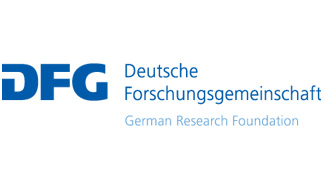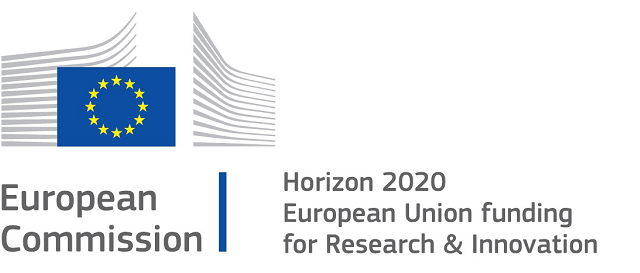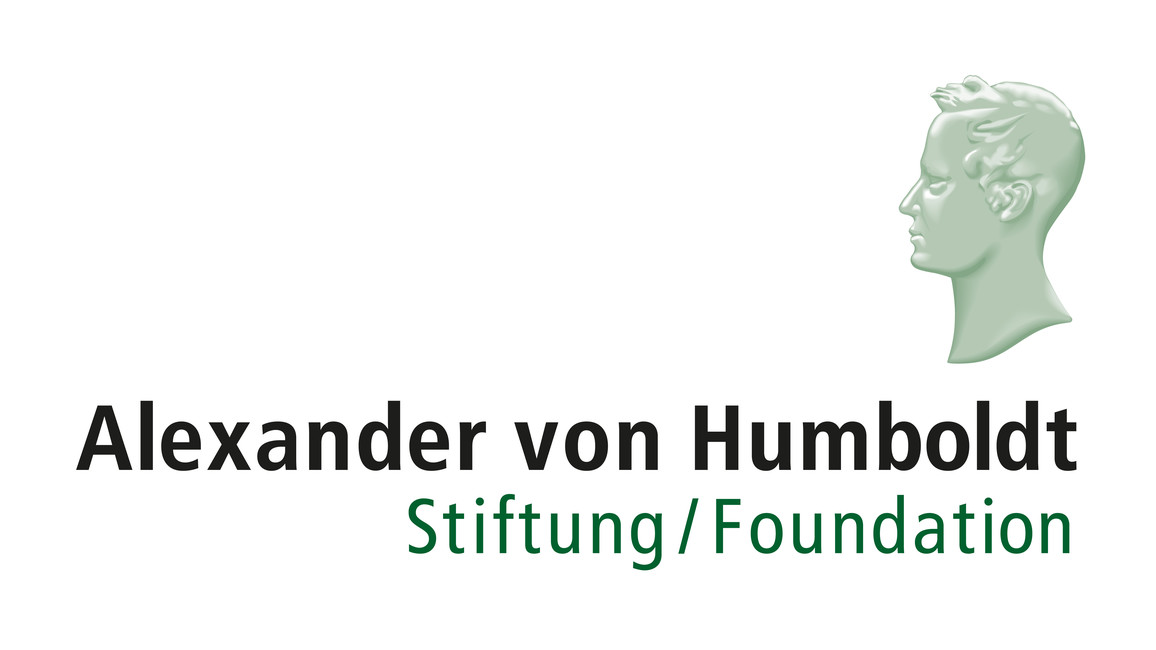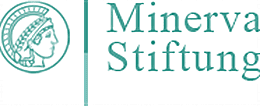4. BMBF-supported project in the consortium FormatPlant- Increasing Agricultural Yield through Formate Production and Assimilation via Optimized Synthetic Pathways
Subproject 2: Establishing novel pathways in the cyanobacterial host (031B0194B, project period 2016-2020).
Cyanobacteria are prokaryotes performing oxygenic photosynthesis and photorespiration like land plants, because these processes were conveyed into the plant cell via endosymbiosis of an ancient cyanobacterium, hence the processes are homologous. However, cyanobacteria evolved an efficient carbon concentrating mechanism (CCM) to thrive under the current gas atmosphere. The CCM highly increases the affinity of cyanobacterial cells toward inorganic carbon and reduces the photorespiratory rate to much lower levels than in plants performing C3 photosynthesis. Nevertheless, the response of cyanobacteria and plants to conditions promoting photorespiration still shares considerably similarities at the metabolic level. In addition, the cyanobacterial model offers other advantages that will be used in the current project. For many strains genetic toolboxes are available and in combination with the easy cultivation and low generation time, it allows a feasible characterization of many genetic variants regarding physiological and biochemical parameters related to photosynthetic CO2 fixation. Here, the partner UROS will use the model strain Synechocystis sp. PCC 6803. This cyanobacterium offers four advantages: (1) It’s genetic manipulation is easy, e.g., gene mutation and overexpression of endogenous or transgenes is established. Up to six different resistance markers are available for the selection of subsequent genetic manipulations; (2) It can be also cultivated heterotrophically allowing the knockout of photosynthetic genes and their replacement by artificially optimized variants; (3) The genome sequence and regulatory elements are known (Kopf et al. 2014); (4) Last but not least, UROS has already generated many mutant strains defective in CCM and/or photorespiration. Especially the CCM mutants will be highly useful for this project, because in these cells the photorespiratory flux is enhanced and resembles the plant system.
During the first funding period, the main tasks of partner UROS will be: (1) engineer increased formate production in cyanobacteria; (2) implement the synthetic formate assimilation pathways in cyanobacteria while providing formate exogenously; and (3) start the integration of formate synthesis with formate assimilation in cyanobacteria.








